01. November, 2023delish0
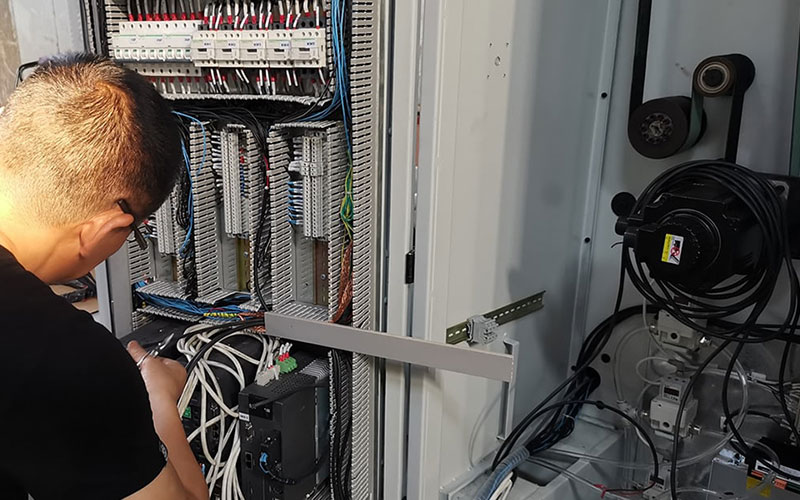
If your slitter has been in use for many years, and the mechanical properties and control system are gradually difficult to meet the needs of the flexible packaging industry's diversified and high-standard slitting process, you need to consider whether to spend a lot of money on new slitting equipment, or pay a small investment to fully upgrade the existing equipment so that it can be re-adapted to production requirements. This requires a comprehensive evaluation of factors such as the aging degree of the slitting equipment, past operating condition defects, the expected effect after upgrading, and the project budget before making a decision.
Advantages of automatic transformation of slitting machine
1. Improve slitting efficiency and ensure slitting quality and stability. Especially for slitting some large-volume, single-specification materials, the higher the intelligent automation of the slitting machine, the higher the production efficiency and better product consistency, to avoid the uneven quality of workers resulting in the defective rate of finished materials. The automatic slitting machine relies on the set parameters to accurately control the unwinding, traction, slitting, and winding processes to ensure the quality of slitting.
2. Reduce the labor intensity of workers and save labor costs. With the disappearance of China's demographic dividend, more and more young people are reluctant to enter the factory, slitting machine manufacturers are generally facing the dilemma of rising labor costs, and it has become the general trend to reduce the dependence on labor through the automation upgrade of slitting equipment. Reduce factors that affect production schedules, such as worker leave, absenteeism, etc., while reducing the risk of industrial accidents and the cost of personnel management.
3. Achieve the fastest results with the shortest time and the least investment. A high-performance intelligent slitting machine needs to spend hundreds of thousands or even millions, and the cost of electrical upgrading is generally less than half or even lower, which can flexibly abandon some unwanted functions of the new slitting machine and reduce costs, while shortening the transformation cycle, and quickly and efficiently complete the automation upgrade of slitting equipment.
4. More pertinent and adaptable. Since the old slitting machine has established a stable and reliable process flow for the slitting and running-in of materials, the transformation is only a targeted improvement of the problems that need to be improved in actual production, and the use of new technical achievements to improve the overall intelligent level of the equipment. From this point of view, it may be faster to adapt and achieve the expected performance than purchasing new equipment, bringing greater economic benefits to the manufacturer. Due to insufficient understanding of the material properties, in some cases the newly purchased slitting equipment may have design flaws that still need to be further modified and adjusted subsequently.
Specific steps for the upgrading of the slitter
1. First of all, conduct a feasibility analysis of the transformation project and determine the plan. According to the actual use of slitting equipment, comprehensively judge the mechanical wear and tear, the aging of electrical components to decide whether to upgrade the existing system or replace the new electrical system and mechanical components, the transformation plan must be considered to meet the needs of the future for a long time, and the software design reserves as many parameter options as possible, so that the operator can adapt to the slitting needs of different materials by flexibly adjusting the parameters. For the choice of component brand, precision, etc., it is necessary to seek a balance in terms of performance, practicality, reliability and economy. The scheme tries to abandon the flashy functions, adapts to the development status of the slitting machine manufacturers, and transforms the slitting machine into customized special equipment based on the diversity of slitting materials.
2. Preparation before the transformation of the slitting machine. Complete the surveying, mapping, design, processing and production of mechanical parts. The design of the new electrical system and the old and new conversion interfaces, including the interface design of the operation panel and the human-computer interaction touch screen, needs to take into account parameter measurement, digital-to-analog conversion, performance matching and maintenance convenience. Reasonably arrange the procurement of components and implement them to the responsible person, so as to avoid the delay of the transformation cycle due to delayed delivery by suppliers. The workpieces processed by outsourcing should be accepted piece by piece in accordance with the tolerances of the drawings, so as to prevent rework or scrapping during the installation process, which is time-consuming and laborious. Before assembly, the commissioning specifications and inspection standards of the electrical system should be formulated as the basis for the commissioning and acceptance of the electrical system.
3. Upgrade the old slitting equipment. The first step is to debug the electrical parts that are retained at the customer's site to ensure that they are in the best working condition. Then dismantle the system that needs to be replaced according to the drawings, pay attention to the interface and connection points of the old and new conversion, and do not have the phenomenon of missing or over-dismantling. In strict accordance with the circuit schematic diagram, the wiring and installation of the new operating system should be reasonably arranged, the thickness and specifications of the wire diameter should meet the process requirements, and the fixed position of the box should consider the direction of the line, and appropriately relax the margin. Before the slitting machine is debugged, the motor, proximity switch and other components can be tested in advance, and then loaded and debugged when the action meets the requirements. The commissioning personnel should make a good record of the process and correct the problems in time until the slitting equipment is in normal operation and the control function and accuracy reach the expected transformation goal, and the transformation effect is retained through quantitative data to provide a reference for further upgrades in the future.
Slitting electronic control system upgrade case
1. Automatic tension control system upgrade
The early slitting machine had a simple structure, but the process and control methods were backward. The tension in the winding control relies on the manual adjustment of the spring clutch or potentiometer to control the actuator, which is affected by the linear change of torque and mechanical error, and the accuracy is very poor. This open-loop tension control makes the tension of each process of the slitting equipment fluctuate greatly, and the constant tension in the winding and unwinding process cannot be guaranteed, which ultimately leads to the uneven width and winding diameter of the finished coil, and the specifications are difficult to meet the standard. For some materials that are easy to stretch, it will even cause tear damage, which greatly reduces the yield rate and increases the scrap rate.
The solution is to add a tension controller, a tension sensor, and a magnetic particle clutch to the original equipment to form a closed-loop control system to achieve high-precision slitting machine tension control. The estimated cost of the renovation project is about tens of thousands of yuan, which is more expensive than the high cost of hundreds of thousands of yuan for the newly purchased slitting machine, which saves capital investment and can meet production needs. Generally, a pair of tension sensors are installed at both ends of the detection roller respectively, and the pressure is transmitted to the pressure-sensitive sensor through the detection roller when the film material passes, and the actual tension value is measured by the size of the deformation, and then converted into a standard signal output to the PLC through the tension amplifier, and the PLC compares the received signal with the set value, and generates a control signal to the magnetic particle brake to perform tension adjustment, so that the system tension is always equal to the preset value and reaches a constant state. In this way, there is no need to consider the relevant compensation or mechanical error, and the control accuracy is very high.
2. Upgrading and transformation of automatic deviation correction control system
The slitting machine correction system can correct the phenomenon of transverse serpentine deviation in the rotation process due to the uneven coil, and the faster the speed, the more serious the deviation. In the early days, the slitting equipment used manual manual way to adjust the guide roller laterally to correct, which was time-consuming, laborious and large due to uncontrollable factors such as roller shaft accuracy error, mechanical vibration or tension change. Especially in some high-speed slitting occasions of film, the operator has no time to react, resulting in uneven or even damaged film coils, forming a large number of waste products, which cannot meet the needs of automated production lines.
The solution is to add an automatic guiding control system to the original equipment, which generally includes a guiding sensor, controller and actuator. The lateral position of the material in the slitting machine is monitored by the sensor, and when the position is offset, the controller sends the instruction to the driving mechanism through analysis and operation, so as to adjust the deviation correction frame to move laterally to the reference position, forming an automatic closed-loop control. Detection means include infrared, ultrasonic, laser, inductance or CCD and other devices, the object of correction has the opposite edge, the marking line and the middle position correction, etc., the correction position includes unwinding correction, intermediate correction and winding correction. The exact solution to be used needs to be determined in combination with the cause of mistracking and the material properties.
With the increasing level of intelligence of slitting machines, automation upgrading can not only reduce material waste and labor costs, reduce the operational burden of workers, but also create significant economic benefits for enterprises. Despite this, there is also a certain risk in the automation transformation of the slitting machine, the failure of the transformation will not only lose the input cost but also cause the shutdown of production, Delishi Machinery has a large number of operation cases in the field of slitting machine upgrading, and has accumulated rich experience in transformation over the years, helping the slitting machine manufacturers to achieve the transformation of automation and intelligence.

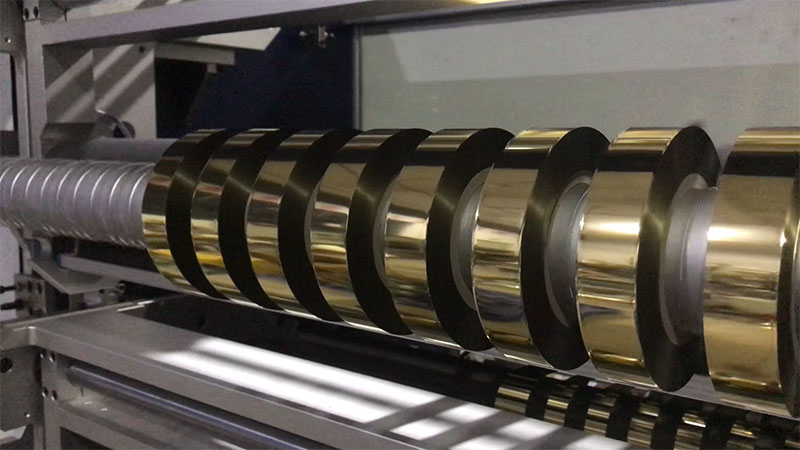
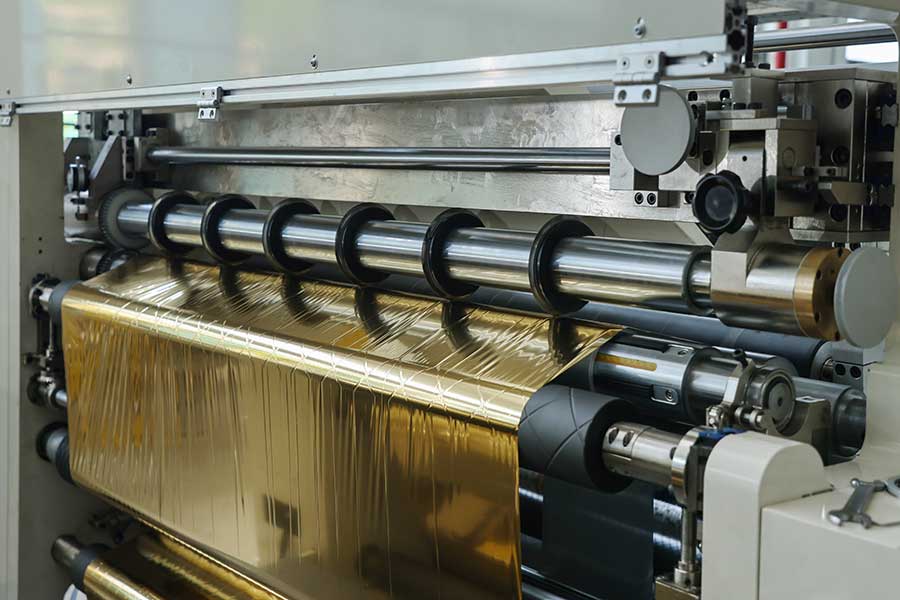
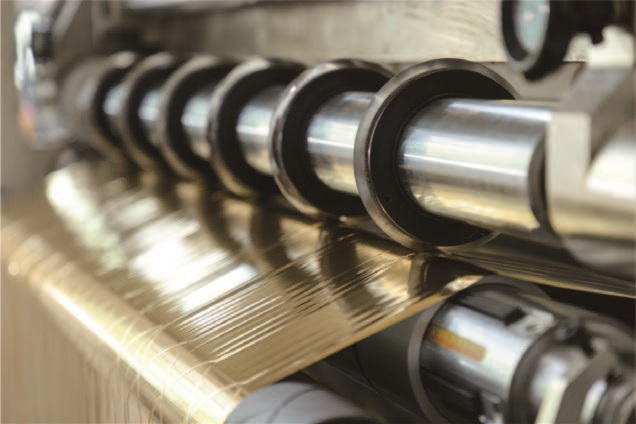
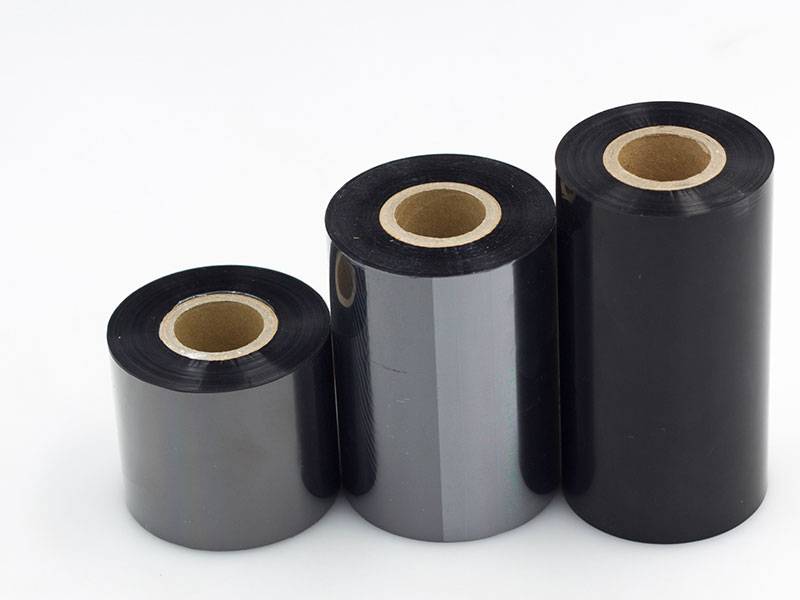
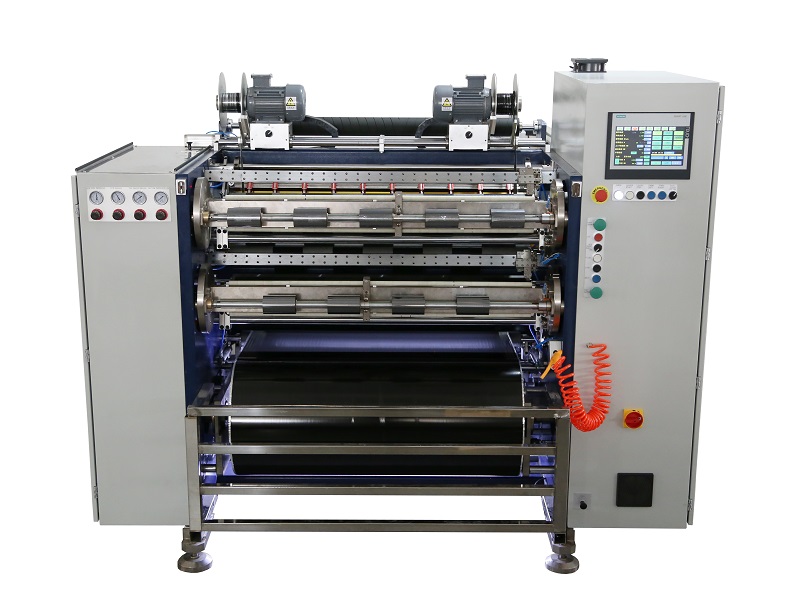 Fully Automatic TTR Slitter RSDS8 Plus
Fully Automatic TTR Slitter RSDS8 Plus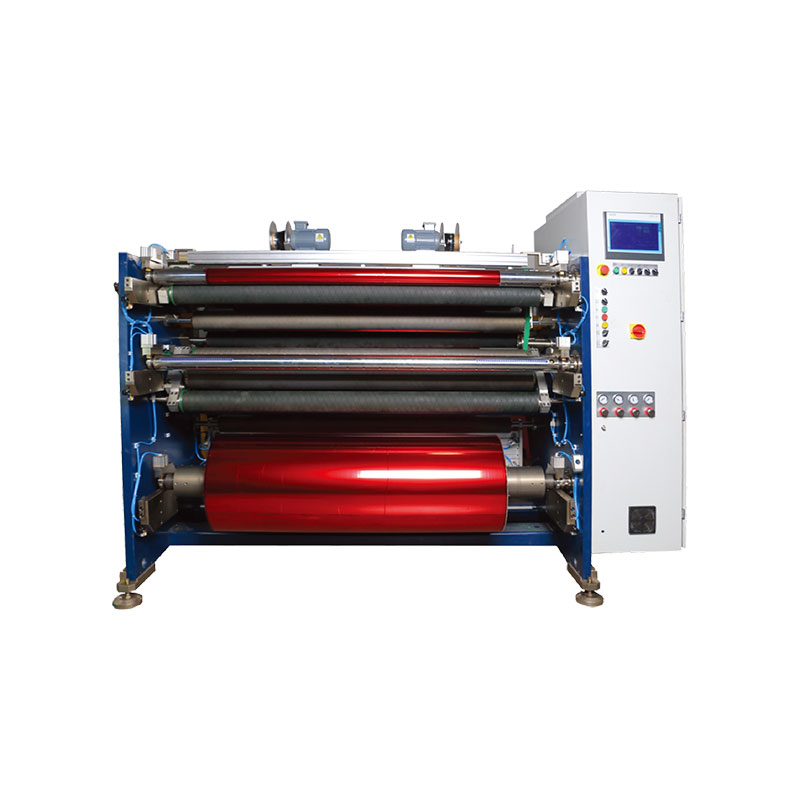 Hot Stamping Foil Slitter 1600mm
Hot Stamping Foil Slitter 1600mm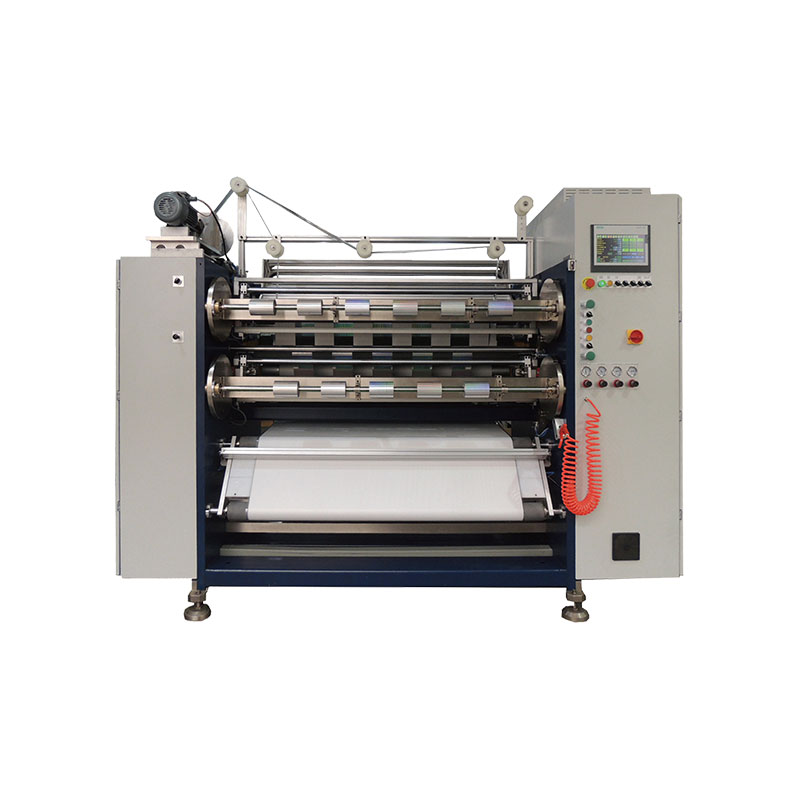 Hot Stamping Foil Slitter (4 Shafts)
Hot Stamping Foil Slitter (4 Shafts)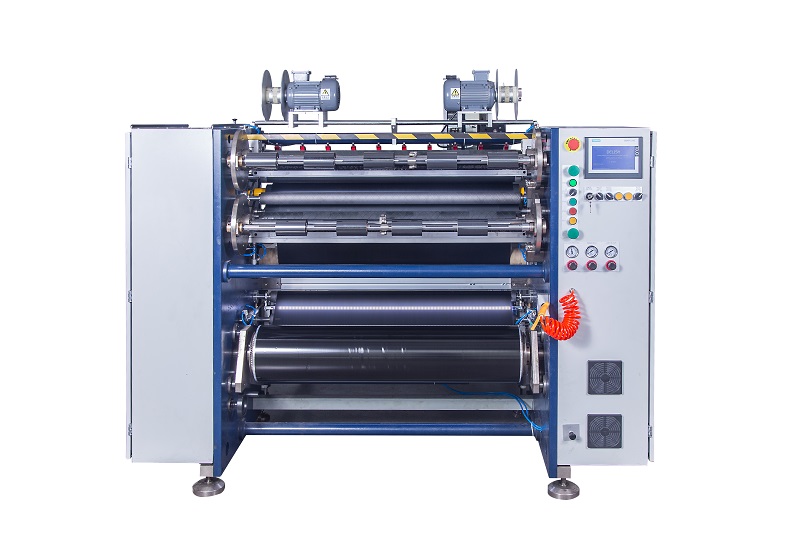 Semi-Auto TTR Slitter RSDS2 Plus
Semi-Auto TTR Slitter RSDS2 Plus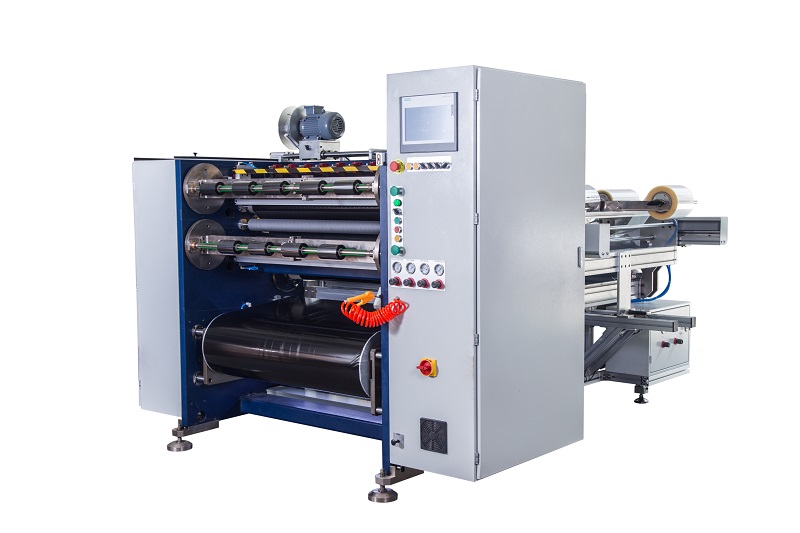 Semi Automatic TTR Slitter RSDS5 Plus
Semi Automatic TTR Slitter RSDS5 Plus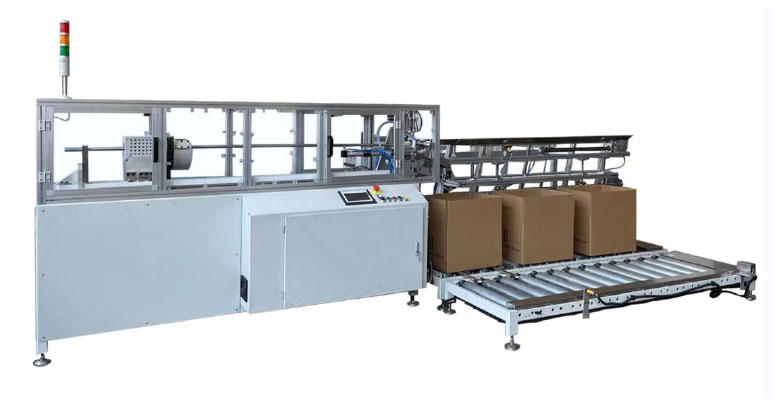 Auto Paper Core Cutter
Auto Paper Core Cutter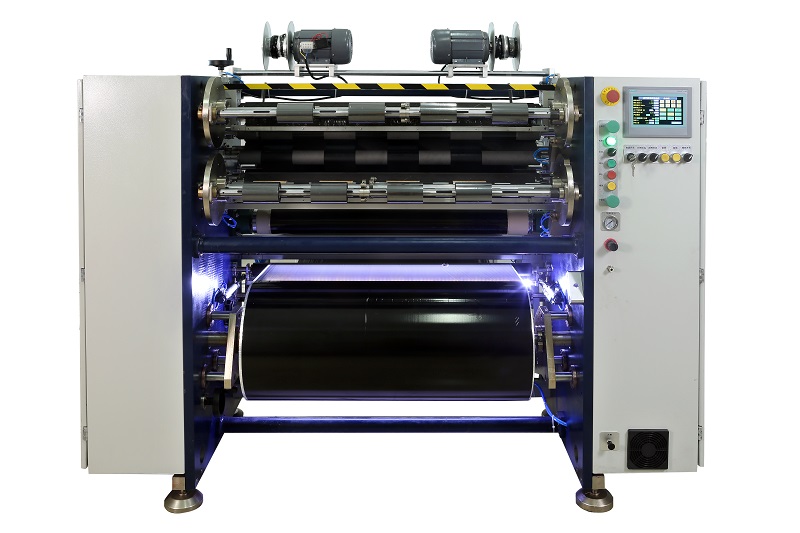 Manual TTR Slitter RSDS2
Manual TTR Slitter RSDS2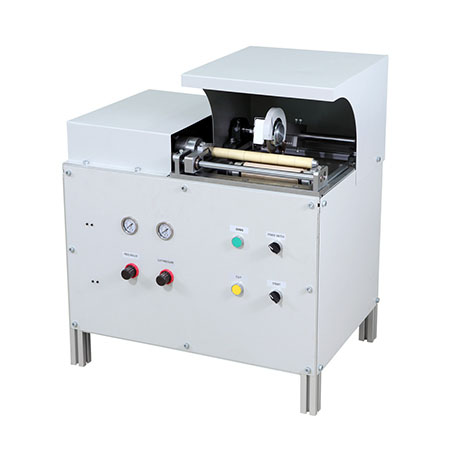 Manual Paper Core Cutter
Manual Paper Core Cutter





